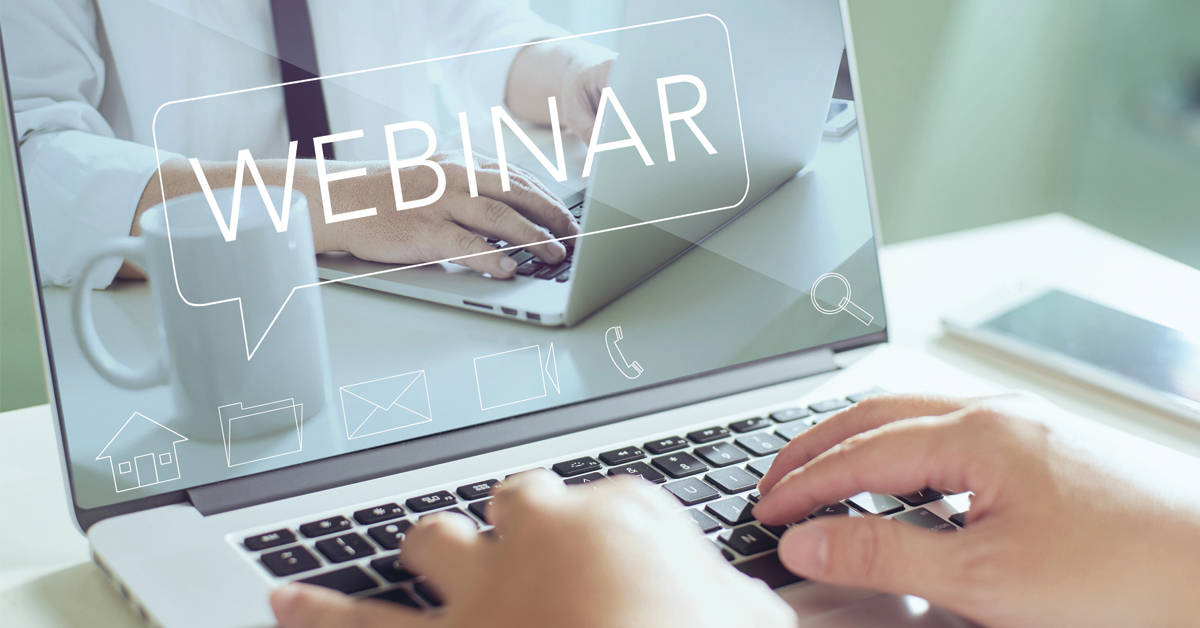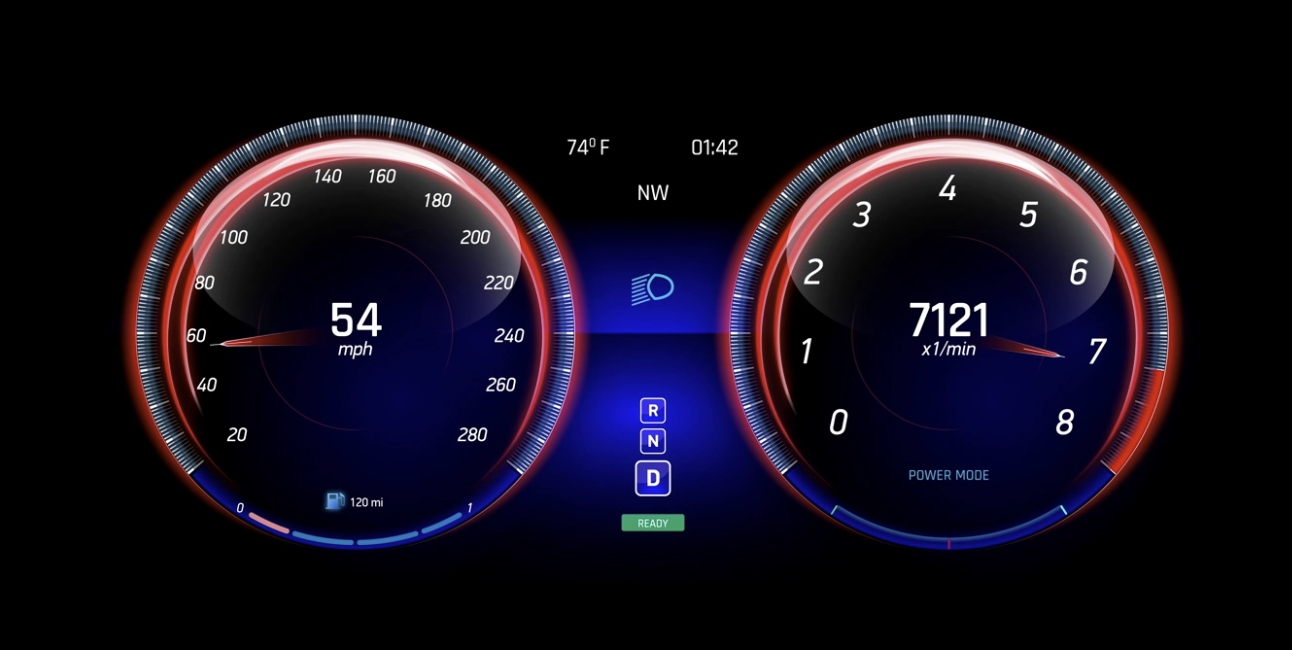
Webinars are a content marketing channel that many small and mid-sized businesses fail to consider. It often seems as if the “big guys” – the Gartners, Accentures, and Forresters of this world – are the ones hosting webinars. However, any company of any size can host a successful webinar.
If the idea of hosting a webinar for your customers appeals to you, we’ve provided you with several best practices and ideas, which are below. We can also provide support, guidance, and marketing assistance to promote your webinar.
Webinars Are an Effective Lead Generation Tactic
Webinar is a term that combines “web” with “seminar.” Essentially, it’s a virtual seminar. It can be by invitation-only or open to the public. Companies typically require pre-registration for webinars and use the registration information they obtain for future marketing.
Webinars can be valuable lead-generation activities. According to The Content Marketing Institute, 64% of companies hosted at least one webinar last year. And 77% of marketers believe that webinars are an effective or highly effective lead generation channel.
Technology Needed to Host a Successful Webinar
Most business owners already have the technology needed to run a successful webinar. At a minimum, you will need:
- A stable internet connection
- A video conferencing platform, such as Zoom, Google Meet, or the many others available
- A landing page to promote your webinar
- An email system to automatically email attendees with information on how to join the event
- Presentation software, such as PowerPoint or Google Slides
Of course, you will need some added tools to promote your webinar, such as social media accounts, email marketing platforms, and possibly paid ads. But this is enough to get started.
Successful Webinars Begin With A Topic Closely Aligned With Customer Needs
Successful webinars take time to plan. Give yourself plenty of time to plan the topics, select and invite guest speakers, and promote the event. Look at your calendar now and select possible webinar dates at least 8 to 12 weeks in the future. Choose several dates and times in case the desired speakers are unavailable. Avoid scheduling a webinar close to major holidays or prime vacation time, such as the end of August. Businesspeople are less likely to attend online professional development events during such periods.
Once you’ve found a date, it’s time to consider the topic. This is where research pays off. Think about key questions your customers ask about your products, service, or industry. Search online to see what your competitors are talking about in this area, too. Talk to Dashboard about possible search engine optimization keyword phrases, which also correspond to what people search for online.
Determine your target audience. Who do you want to attract to your webinar? What do they want to learn?
From the confluence of audience pain points and customer needs, your unique area of expertise, and search engine data, you’ll be able to develop a great topic.
Craft a Compelling Headline
Since the headline is often the first (and only) item people glance at when looking at webinar information, spend considerable time crafting the best headline you can for your topic. Address the problem and promise a solution. Make it all about your customers and what they will learn from you!
Webinar Formats
Webinars do not have to be static presentations with PowerPoint on screen. They can take a wide variety of formats, including:
- Presentation
- Panel discussion
- Guest speaker (customer or expert in the industry)
- Success stories and case studies shared by customers
- Demonstrations of how to do something
- “Ask Me Anything” in which you answer customer questions
- Conference or live event streaming
Don’t be afraid to mix things up and add variety to the format. There are no hard and fast rules about how to structure a webinar. In fact, the more engaging you can make it for the audience, the better! But be sure to let the audience know what to expect in your marketing materials and promotional materials. If you are running an “Ask Me Anything,” for example, you’ll want to gather audience questions in advance or come up with ‘seed questions’ yourself in case audience participation is minimal.
Planning the Webinar
The hard work comes in the early stages of webinar planning. You will determine if a guest speaker or customer should be part of the panel, extend the invitation, and plan your presentation.
Even if you have several speakers, a presentation on the screen is always a good idea. Make sure you aren’t giving them a “Death By PowerPoint” experience; use your slides as if they were graphics, licensing eye-catching images or using the images you took yourself and adding only bullet points to capture key takeaways.
Promoting the Webinar
A full promotional plan for a webinar should consider that people need both frequent and timely updates to remind them to register as well as attend the webinar. Common tactical channels used for this include email marketing, especially automation set up from your email marketing tool that sends links to the webinar and reminders on a pre-set scheduled up to the day or even hour of the webinar. Both paid and organic social media promotions are also a great way to promote your webinar and generate signups for the events.
A good landing page can help you convert visitors from paid and organic promotions into attendees. We can help you create an effective landing page that shares just the right information and converts casual visitors into leads and signups for the event.
Practice Makes Perfect
Even if you are quite comfortable presenting to an audience, the presenters should conduct several practice sessions using the technology they plan to use on the day of the webinar. You’d be amazed at how many glitches pop up during practice sessions that you cannot anticipate. These “dry runs” will help you ensure smooth handoffs of the presentation among the speakers, easy transitions to demos, and ensure that everyone helping with the webinar knows their role and how to use the chosen technology.
After the Webinar: Now What?
Be sure to record your webinar in the cloud, if possible. Alert attendees that you are recording it. After the webinar, you can make the recording available on a landing page on your website that acts as a constant lead magnet, capturing more leads through a gated landing page that requires visitors to provide their email addresses to access the content.
Webinar transcripts are also a great way to get more mileage from the recording. Inexpensive transcription software is available, but you may also want someone to clean up the recording, identify speakers, and remove the pesky “ums” and “ahs” that end up in every conversation. There are many freelancers and virtual assistants available who can do this work for you inexpensively. The final transcript can be offered as yet another piece of content for your webinar.
What about getting some extra mileage from the ideas shared during the webinar? Consider each idea shared as a fresh topic for a blog post or social media post. Challenge yourself to get at least 3-4 additional content pieces from your webinar information!
Next Step: Speak with the Experts
Dashboard Interactive Marketing can help you plan the content and marketing of your webinar. From developing lists of the most sought-after and searched keyword phrases to building effective landing pages that convert visitors into leads, we can be your partner on the many marketing aspects of running a webinar. Contact us at 763-242-2454 to speak with a digital marketing expert if you are interested in hosting a webinar as a lead generation activity.

